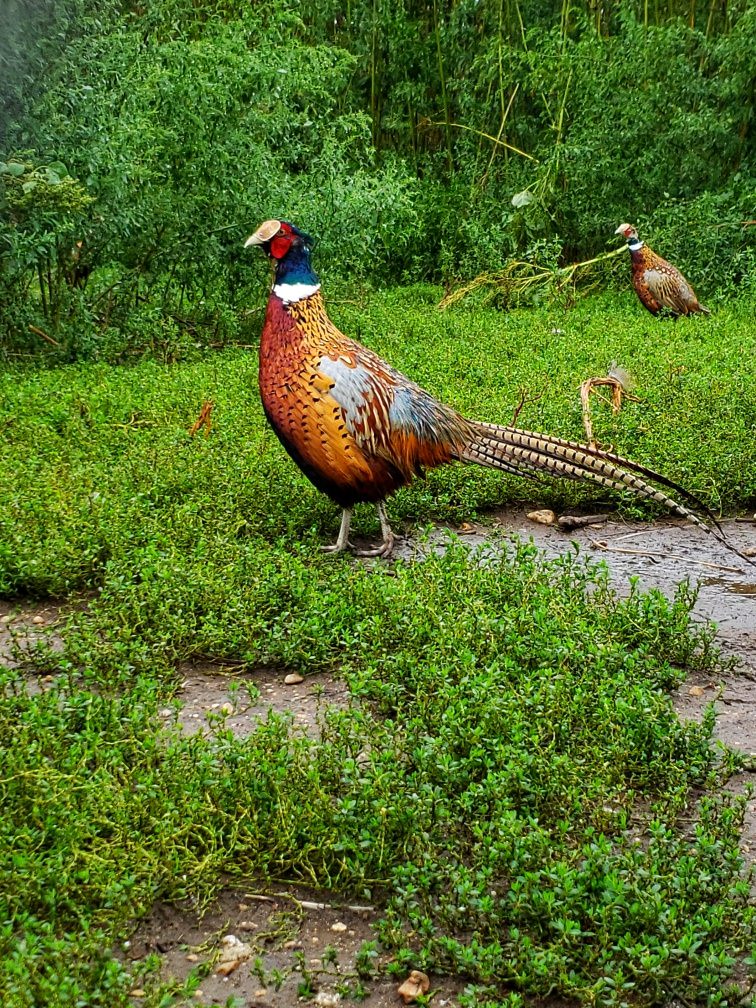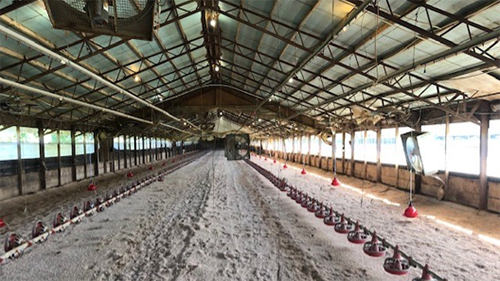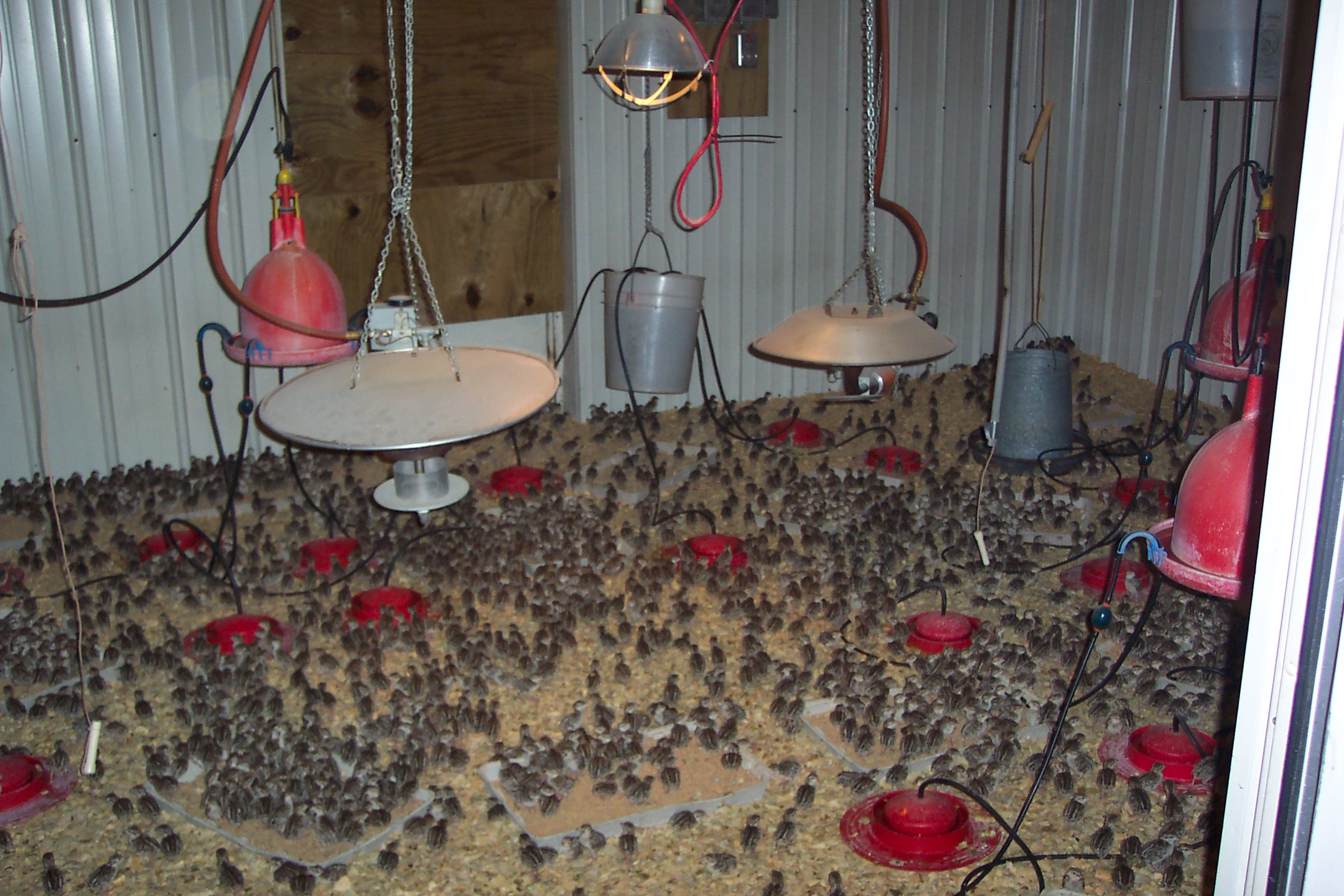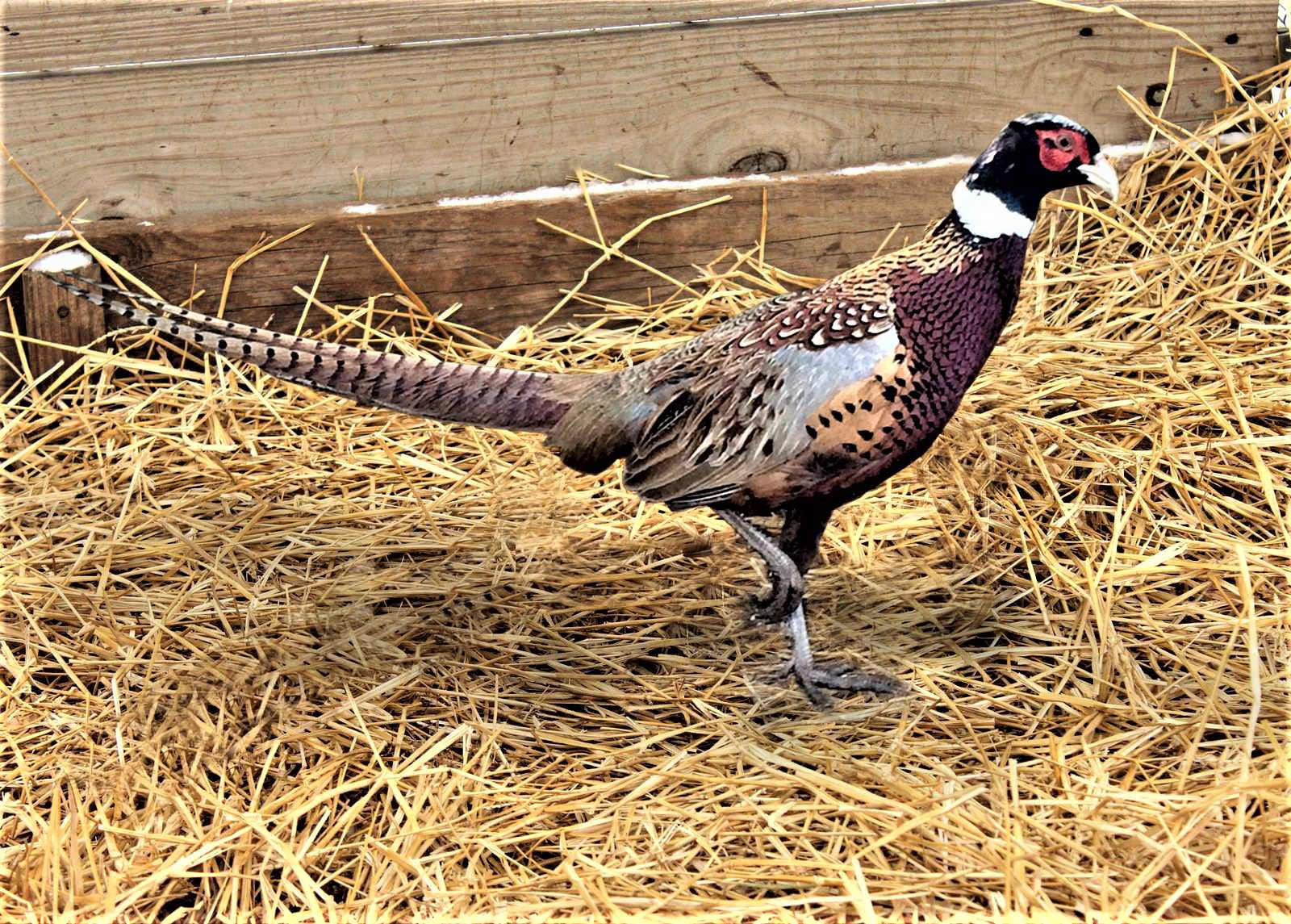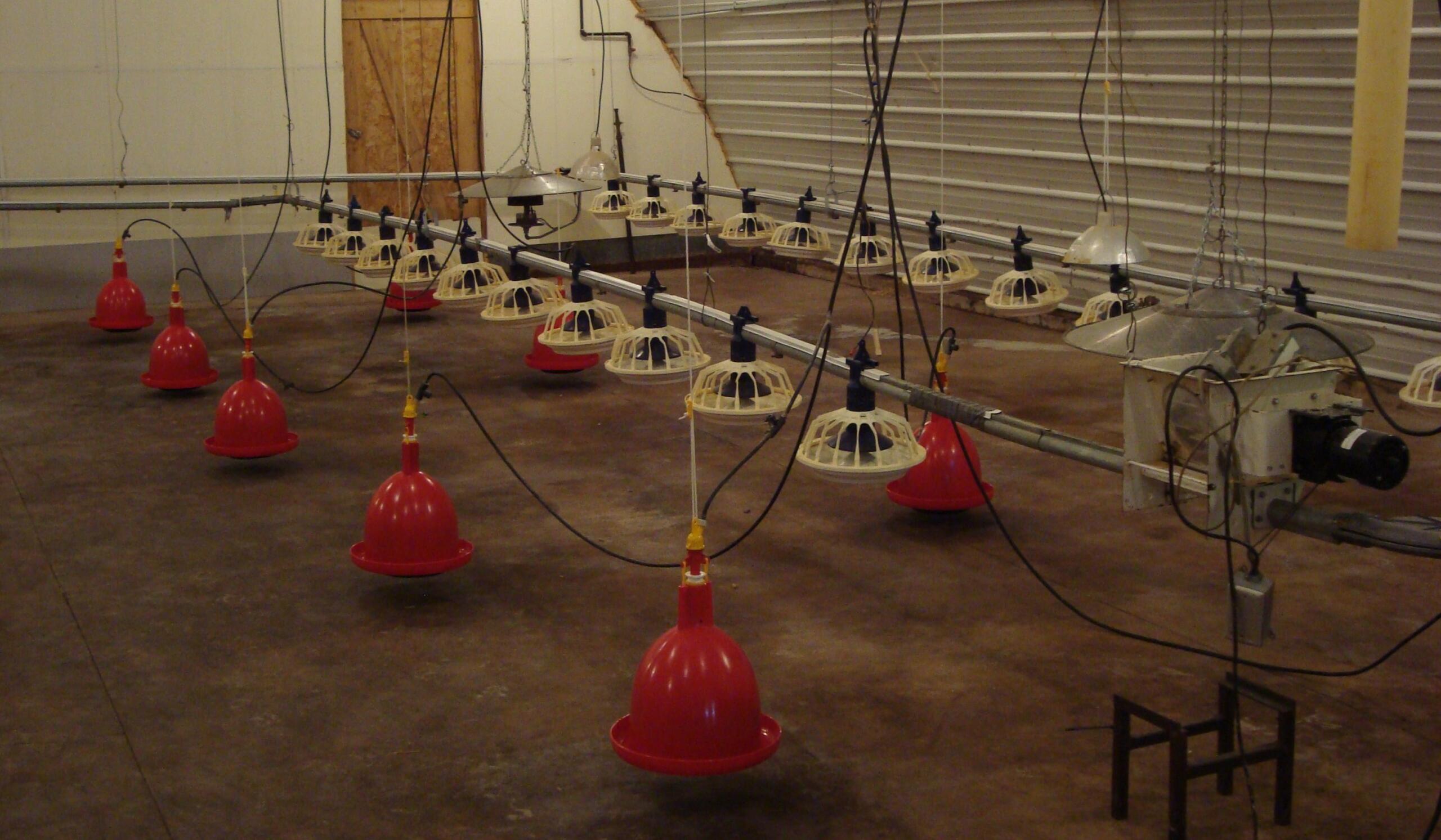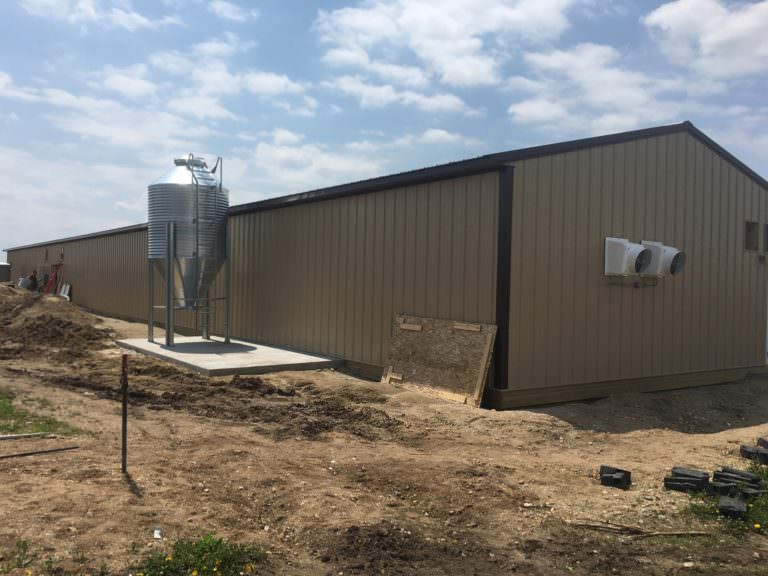The Importance Of Feed And Water Space
At MacFarlane Pheasants, our approach to pheasant rearing is based on science and refined by experience. Nowhere is that more apparent than the care we take in the brooder barns, where we’ve developed time-tested ratios to ensure that every bird has a place at the feed and water stations.
Everything a pheasant chick needs—heat, water, oxygen/air, and food—is pretty obvious. But the space those chicks need to access those essentials is something that MacFarlane Pheasants has spent generations refining. The MacFarlane ratio is a number we’ve come up with that tells us how many birds can fit in a room at the same time while allowing equal access to food and water. This is important throughout the birds’ lives.
It starts when the birds are just a day old and moved into our “A” room. Chicks are incredibly delicate, and it’s critical to get them comfortable and feeding fast. A proper ratio allows all the chicks to have access to their essentials while helping to prevent piling and aggression. This lowers mortality and the stress levels of the birds, ensuring that more survive to make it into the “B” room.
In that “B” room, where birds are switched after they’re three weeks old, the ratio is increased. Birds are naturally bigger, and therefore require more space. But there’s an additional pitfall to avoid: damaged tailfeathers. Any pheasant hunter knows the brilliance and beauty of a bird’s hind plumage. If birds are too close, they can begin to peck each other and potentially injure those tailfeathers. Don’t worry; they grow back. But we won’t sell a bird until its feathers are perfect. Those birds have to be segregated to allow their feathers time to regroup, and it can take up to three months before they’re ready to ship. Meanwhile, the birds are eating and taking up space. Damaged tailfeathers lower our profit margin, which is why a correct ratio is even more important in that “B” room.
It’s important to note, says brooder house manager Rich Thomas, that the ratios we use are a starting point, and not bible truth. “There are exceptions to every rule,” he says, and encourages you to carefully monitor your birds, watching for problems, and adjusting accordingly. For example, a warmer room may require more food and water, and different strains of pheasant can demand slight tweaks. Close observation should always trump formulas.
Over 1.6 million pheasant chicks were hatched at MacFarlane Pheasants this year, and they all received the space they needed. By starting with a good rule of thumb for space and adjusting it based on the feedback the birds will give, you can ensure that your birds will grow healthy into the fall hunting season.
Related Posts
Preparing Our Barns & Pens Each Spring
Read Post
How We Prepare For Brooding Our Chicks
Read Post
Our Milton Farm in 2024!
Read Post
10 Ways To Get the Most Out Of Brooder Barns
Read Post
6 Feed and Water Procedures to Keep MacFarlane Pheasants Healthy
Read Post
Advice on what protein % feed to use for your pheasants.
Read Post
Air Flow in Barns
Read Post
All Pheasant Feed Is Not Created Equal
Read Post
Take Advantage of These Free Resources
As the biggest game bird farm in the United States, we want to share our experience with you. Download our free resources below and get started.


